Table of Contents
Granada: A wonder of history and art
Granada is the province where the most visited monuments in the whole country are found: the Alhambra and the Generalife.
At the foot of the Sierra Nevada National Park, it is divided between the old town and the modern area that has grown over the years.
Walking through the streets of Granada is synonymous with traveling back in time. Go back to medieval times and relive the story that is told within its walls.
The city contains charm, history, art, museums, monuments, and an inexhaustible source of tourism.
In this article, you will discover more about the charm that awaits in Granada, a wonderful city full of history and art.
The Alhambra
If we talk about history and art in Granada, we cannot miss the majestic palaces of Alhambra.
The Alhambra is a spectacular Arab city symbol of Granada. It is made up of a set of spaces and monuments to visit. This imposing structure of palaces is a World Heritage Site and one of the main reasons to visit Granada.
In this blog, you can read complete articles about Granada like 5 hidden secrets of the Alhambra palaces, how to buy the Alhambra tickets in 5 easy steps or 4 ways to get to the Alhambra.

Granada Museum of Arts
The museum’s permanent collection is on the first floor and has some 2.000 pieces, including paintings and sculptures, predominantly Granada painting on a religious theme made between the 16th and 18th centuries.
It preserves important works by artists such as Alonso Cano, Machuca, Mariano Fortuny, José María López Mezquita and José María Rodríguez-Acosta.
It was inaugurated as a Provincial Museum in 1839 in the Convent of Santa Cruz la Real, although later it had to go through many different venues and continuous transfers.
Finally, in 1958 it was moved to the Palacio de Carlos V in the Alhambra complex, where it shares its headquarters with the Alhambra Museum.
The entry price is 1.50€. Free entry for:
- Students.
- EU citizens.
- Retired over 65 years old.
- ICOM members.
- People affected with a degree of disability equal to or greater than 33%.
So there is no excuse to visit this museum full of history and art in Granada.
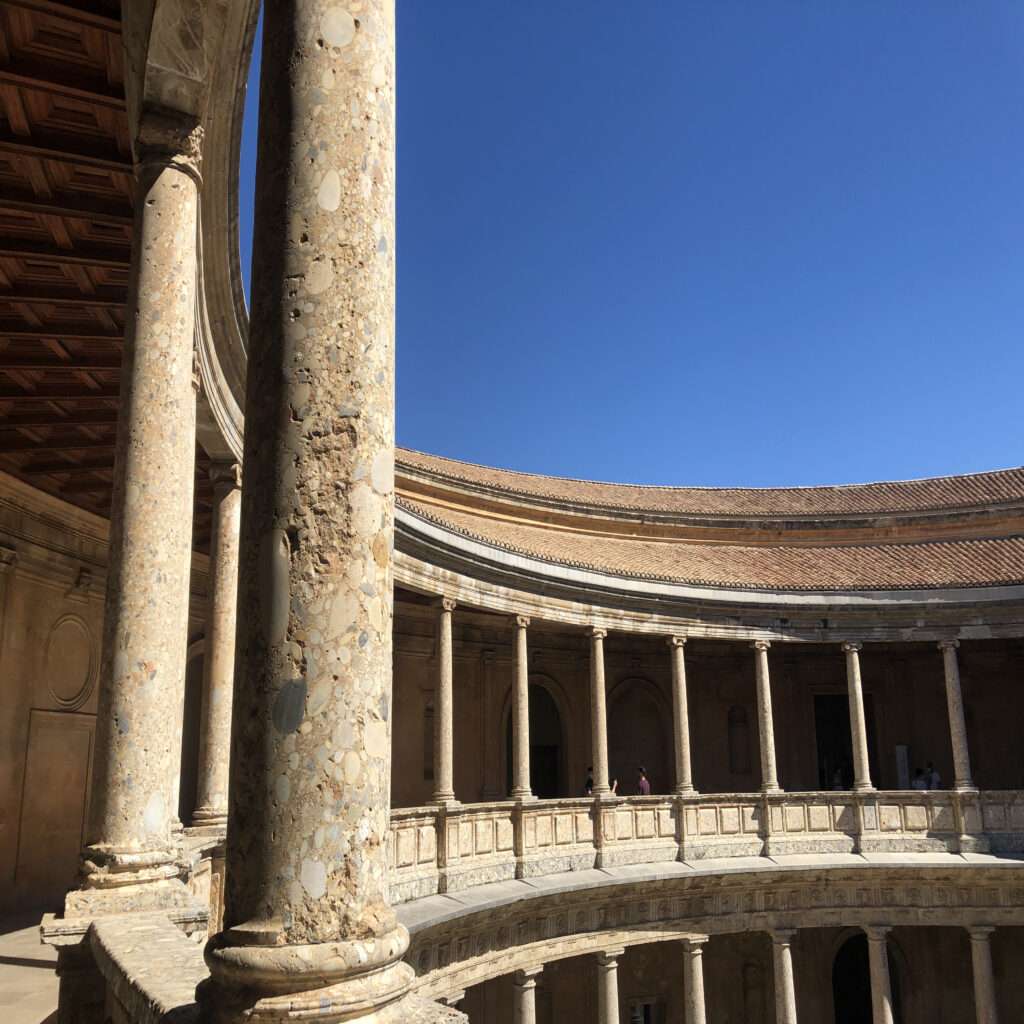
The Albaicín neighborhood
The streets and houses of the Albaicín neighborhood (which can also be written Albayzin or Albaycín) have retained the same charm and beauty for over a thousand years; That is why Unesco declared it a World Heritage Site in 1994.
Arab culture has developed hydraulic skills and knowledge to the maximum due to shortages their peoples have always experienced.
Water was a very important element in their culture, so the hydraulic system of the Albaicín neighborhood was perfect remained in use for 1000 years.
This has been one of the main reasons that Albaicín has been declared a Cultural Heritage of Humanity.
Access to water was not for everyone, as it was a precious commodity that could be sold.
Many people could only buy it because they did not own water access points. Albaycin has conserved over time twenty-eight public reserves “aljibes”.
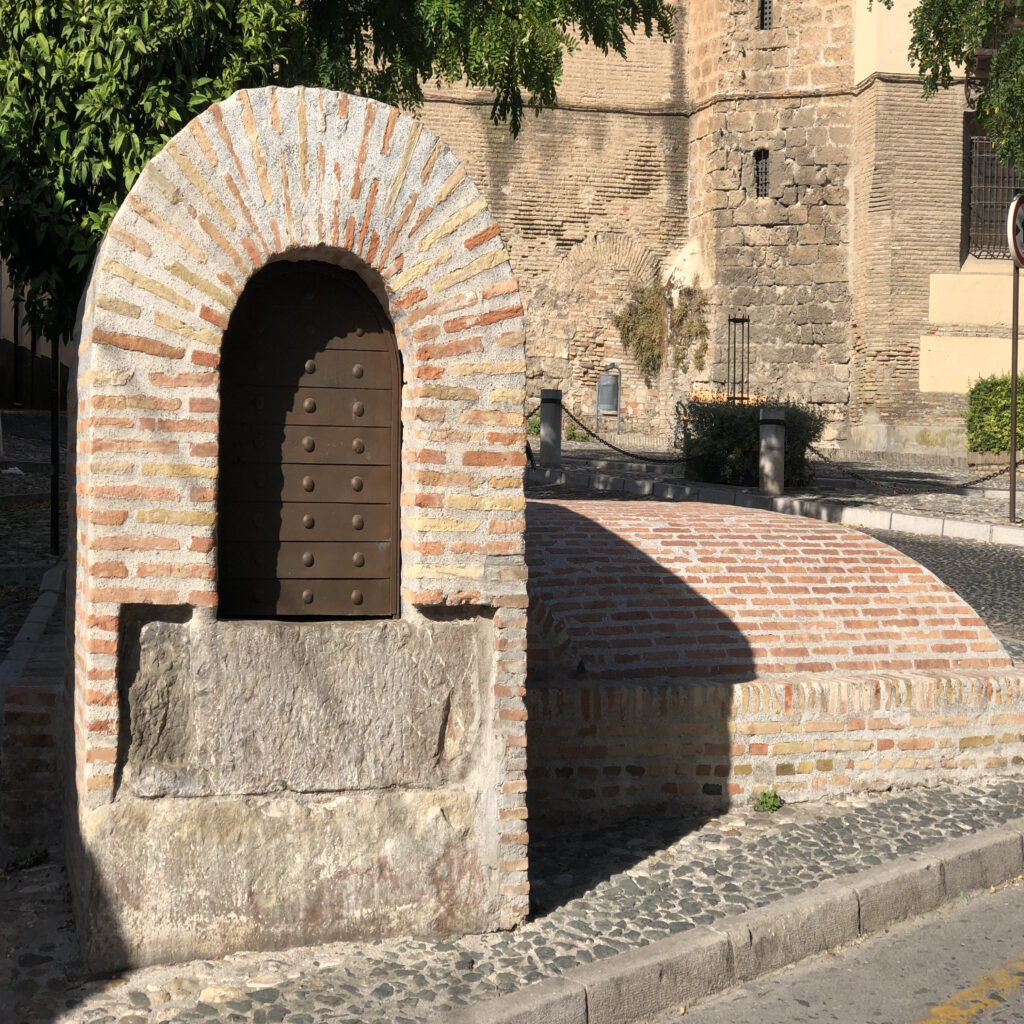
The majesty of this neighborhood combines a mixture of dazzling Arab architecture with ancient Mediterranean cities.
It means streets full of history and art inside the city of Granada.
From the different viewpoints, you can contemplate the spectacle that the neighborhood offers. There are about eight viewpoints from where, at the foot of the Albaicín, you can enjoy the narrow streets, the houses, the hill and, the surprising architecture that the tourist complex offers.
Among the viewpoints that stand out are the Mirador de San Nicolás, the Mirador de la Churra, the Mirador de San Cristóbal, the Mirador de San Miguel Alto, the Mirador de la Lona and the Mirador de la Placeta de Comino.
Granada historic center
In the Historic Center, you will find the most beautiful monuments left by the Catholic Church in its domain by Granada. Also known as Cathedral of Granada under the denomination of Santa María de la Encarnación. Construction began in 1505 under the rule of Carlos V and it took 180 years to finish it..
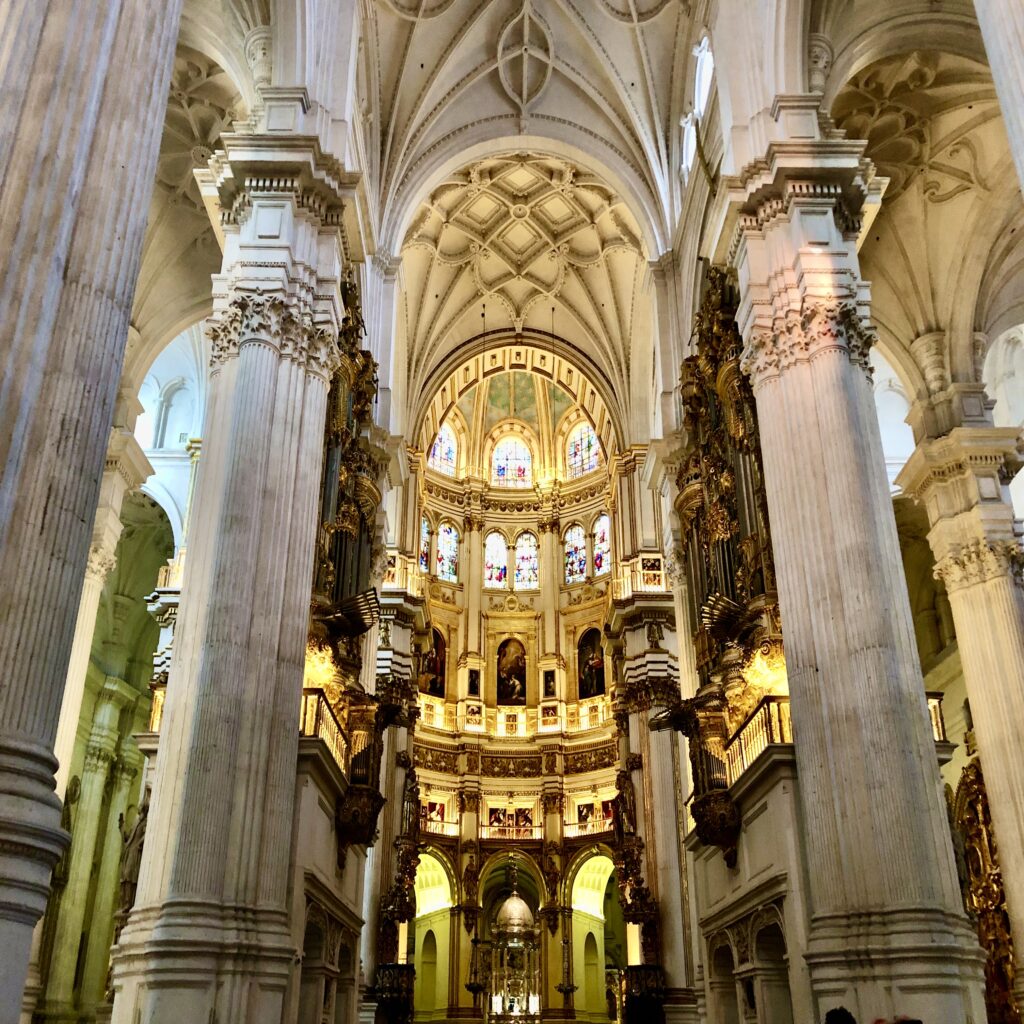
From afar, you can see its impressive facade decorated inside in white and gold. It is located in the heart of the city between Oficios street, Cárcel street and, Gran Vía de Colón.
Tickets are purchased directly at a box office outside the monument. The doors open:
Monday to Saturday: 10:00 a.m. to 6:30 p.m.
Sundays and holidays: 3:00 p.m. to 6:00 p.m.
In the heart of the city, you will find two of the essential places to see in Granada: the Cathedral and the annexed Royal Chapel of Granada.
The Chapel of the Catholic Monarchs
Located next to the Cathedral was the funeral chapel of the dome of the clergy.
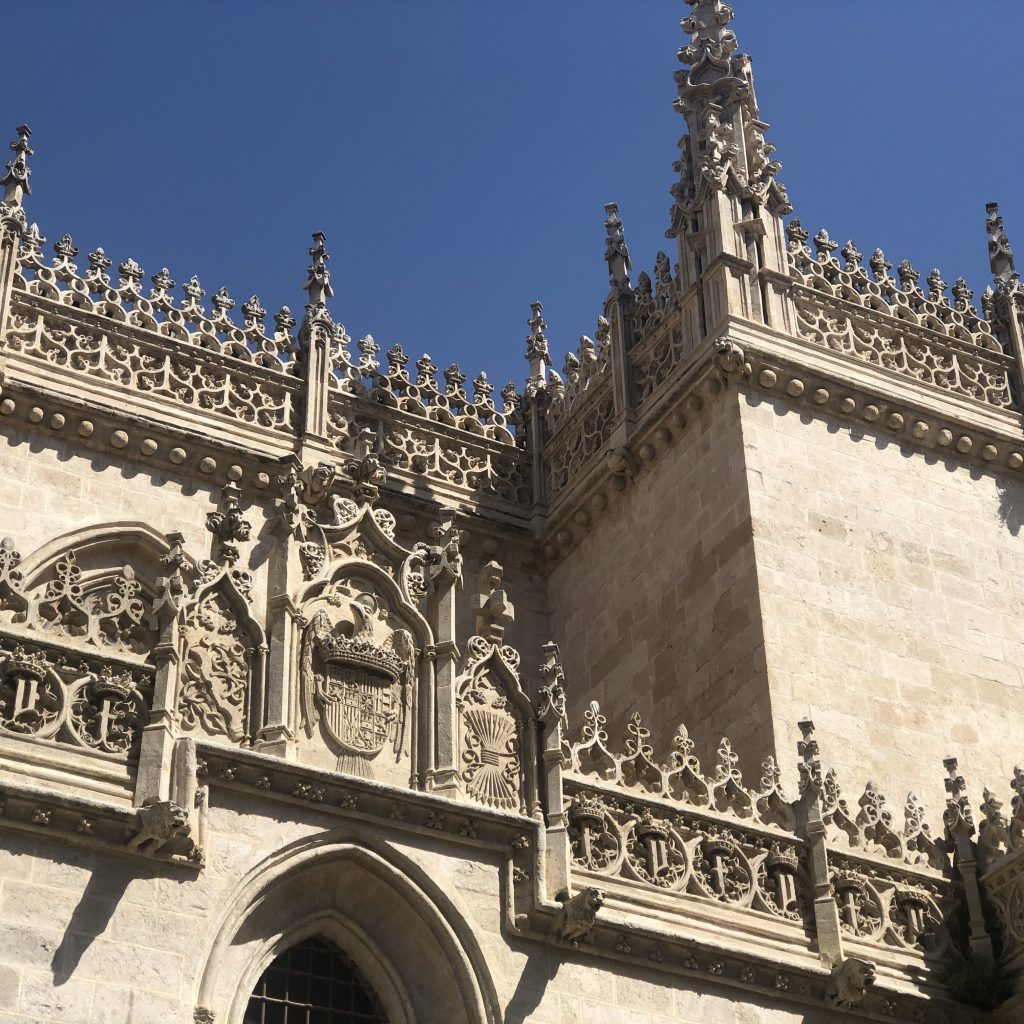
In the Royal Chapel are the coffins of the Catholic Monarchs, Isabel I of Castile and Ferdinand II of Aragon, as well as Juana la Loca and Felipe the Beautiful. In the Sacristy-Museum of the chapel, there are also pieces of the Kings’ legacy, such as important works of Italian, Spanish and Flemish schools.
The existence of Flemish paintings in the royal chapel come from the testament of Isabel la Católica.
She leaves detailed in the testament her wish to take her collection to Granada to serve as an ornament in the chapel.
So, the Chapel of the Catholic Monarchs is another majestic monument of history and art in the city of Granada.
The biggest funeral gothic style chapel in Spain.
Elvira gate
It was the main access to the city during the Islamic domination of the Iberian Peninsula, so it is a key element when it comes to understanding the historical importance of Granada. It was built during the 11th century, but today you can see the horseshoe arch from the Nasrid period and its battlements.
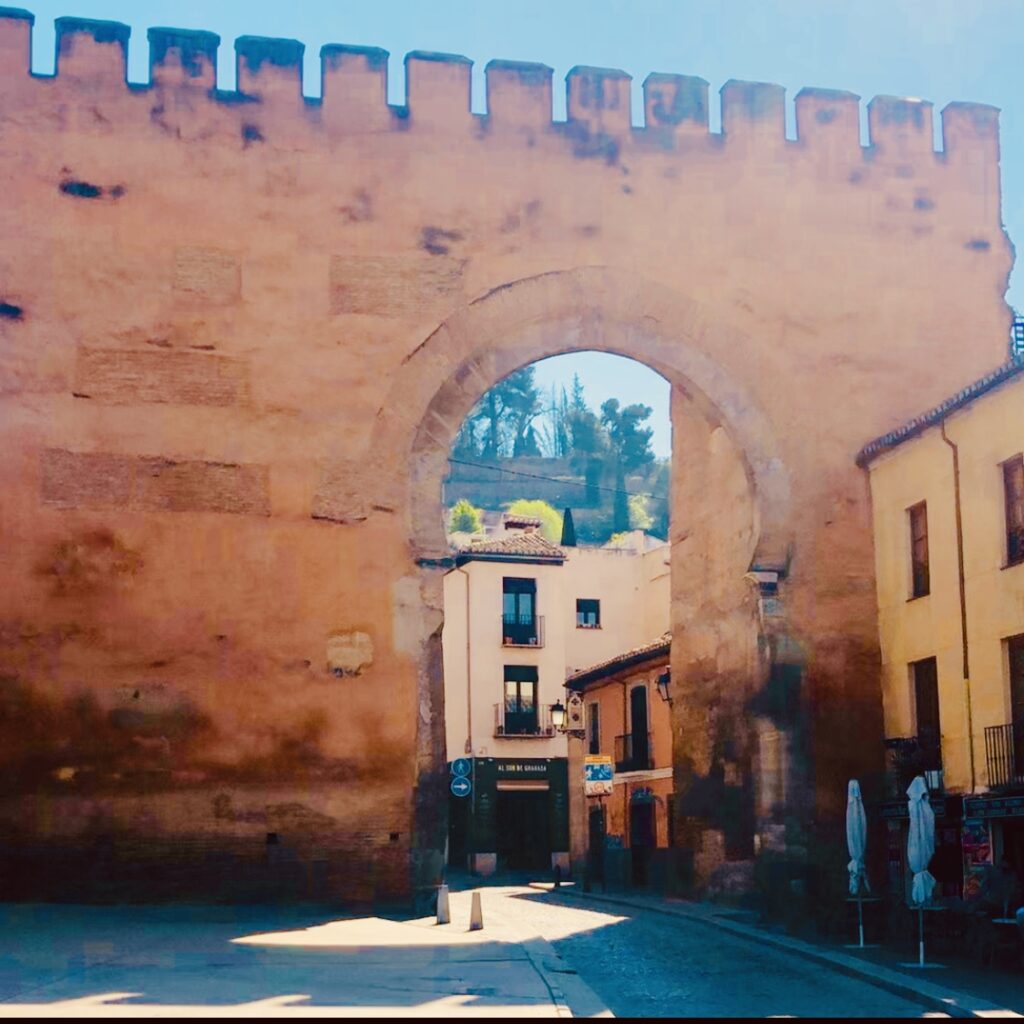
In addition, it is a relevant place, since you can also see details of the later Christian era when in the 16th century a beautification program of the city was launched to commemorate the visit of Carlos I.
Do not forget to point this corner in the list of historical places to see in Granada.
Paseo de los tristes (Sad ride)
Walking the Paseo de los Tristes is one of the essential historical things to do in Granada. This is one of the most beautiful streets in Spain, located in the Darro Valley, between the hills of the Alhambra and the Albaicín.
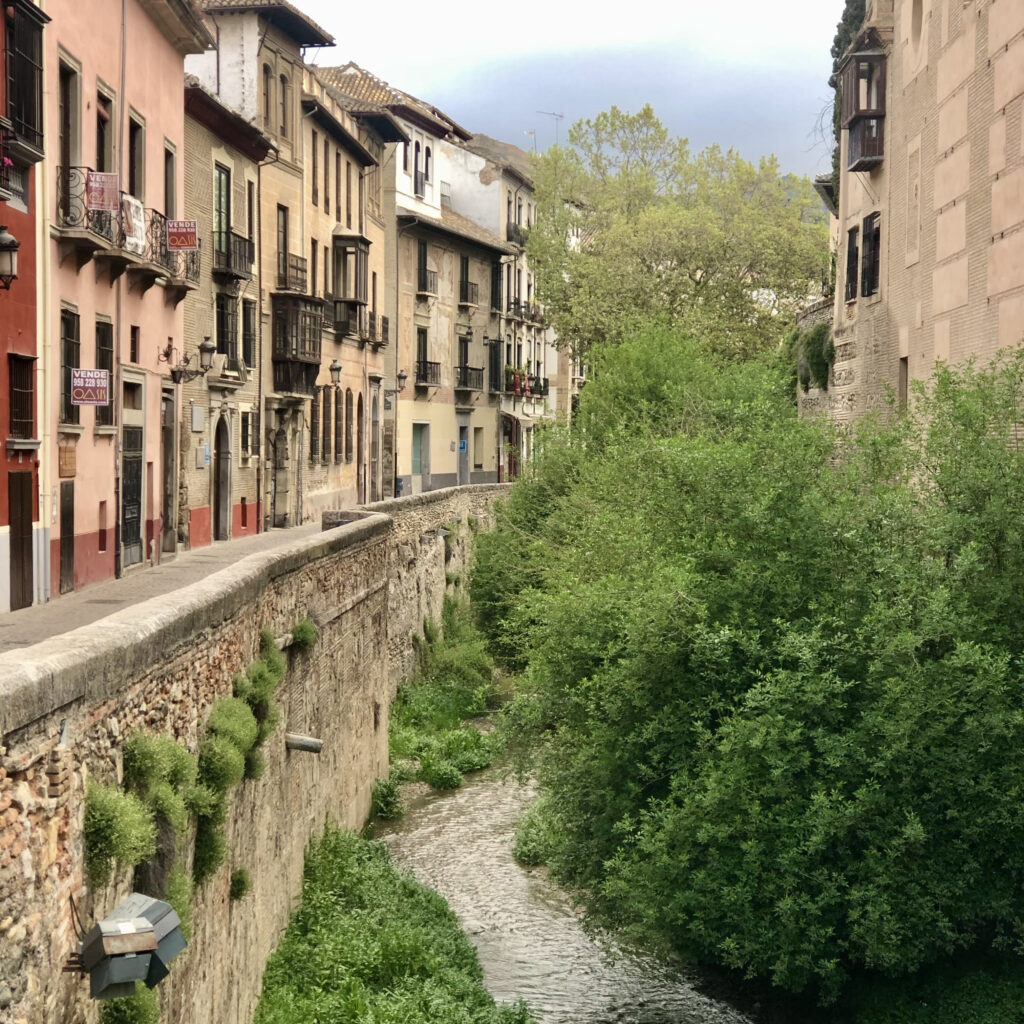
Officially called Paseo del Padre Majón, it became known as Paseo de los Tristes in the 19th century when the San José cemetery was located on a nearby hill. At that moment the funeral processions began to pass through here and it acquired that name. However, nowadays, it is one of the happiest streets in Granada, since it borders the Darro river and is full of small terraces where you can enjoy a wine and a tapa while contemplating the Alhambra.
Doesn’t that sound like a perfect plan?
Sacromonte neigbourhood
This picturesque neighborhood is one of the must-see spots to visit in Granada. In front of the Alhambra, its steep streets are surrounded by whitewashed houses and, above all, caves that its neighbors (mainly of the gypsy ethnic group) have inhabited for centuries.
The Sacramonte neighborhood is very much alive. In the neighborhood you can go to learn Spanish, flamenco, to play the castanets and the flamenco guitar. In addition, you have an interesting plan to live a nocturnal zambra in its caves every night.
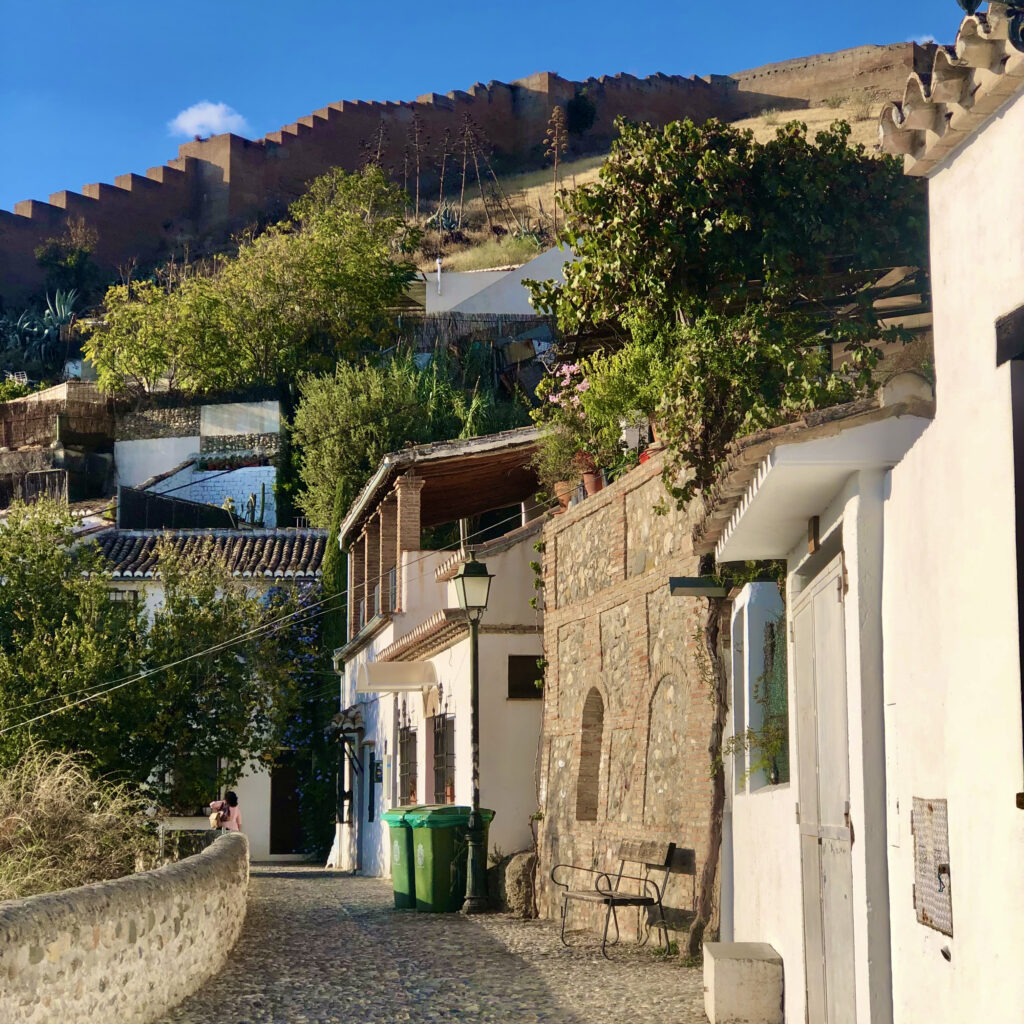
Granada is a land with a long and ancient history
It has a rich artistic and cultural heritage left behind by Muslims and Christians.
The wide variety of artistic styles, the high quality of the musical and theatrical legacy, and the rich traditions that define its people give culture an important place in the province, being one of its biggest attractions.
If you are a lover of history and art, Granada is a must on your list of cities to visit.
Let me be your hostess!
I’m a tourism professional and official tourist guide for more than a decade. I am a specialist in Granada’s historical and artistic heritage.
With me, you can discover monuments, neighborhoods, and the lives of historical characters.
I also invite you to click the link below to download my free Ebook with all you need to know before visiting Granada.
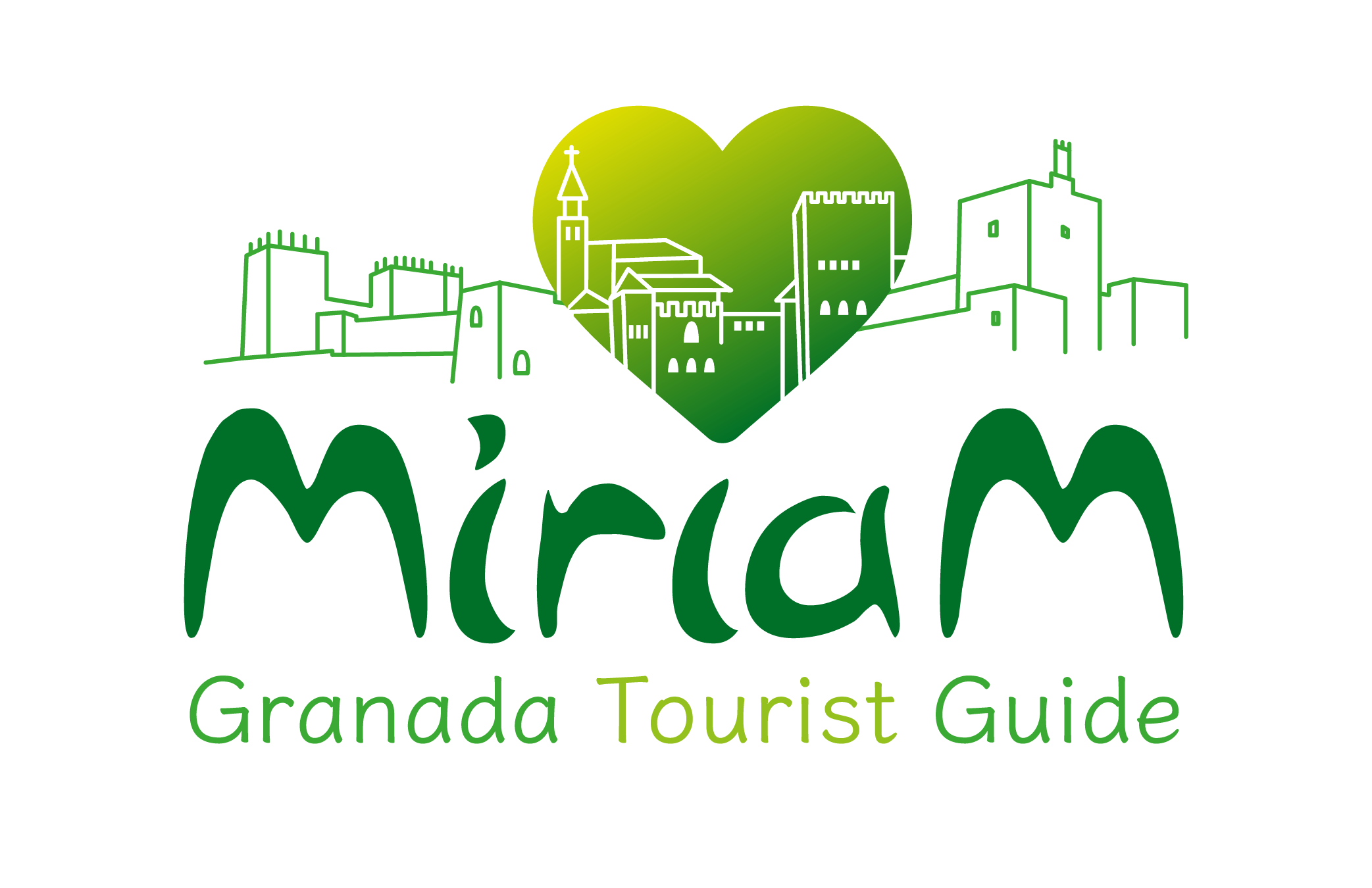

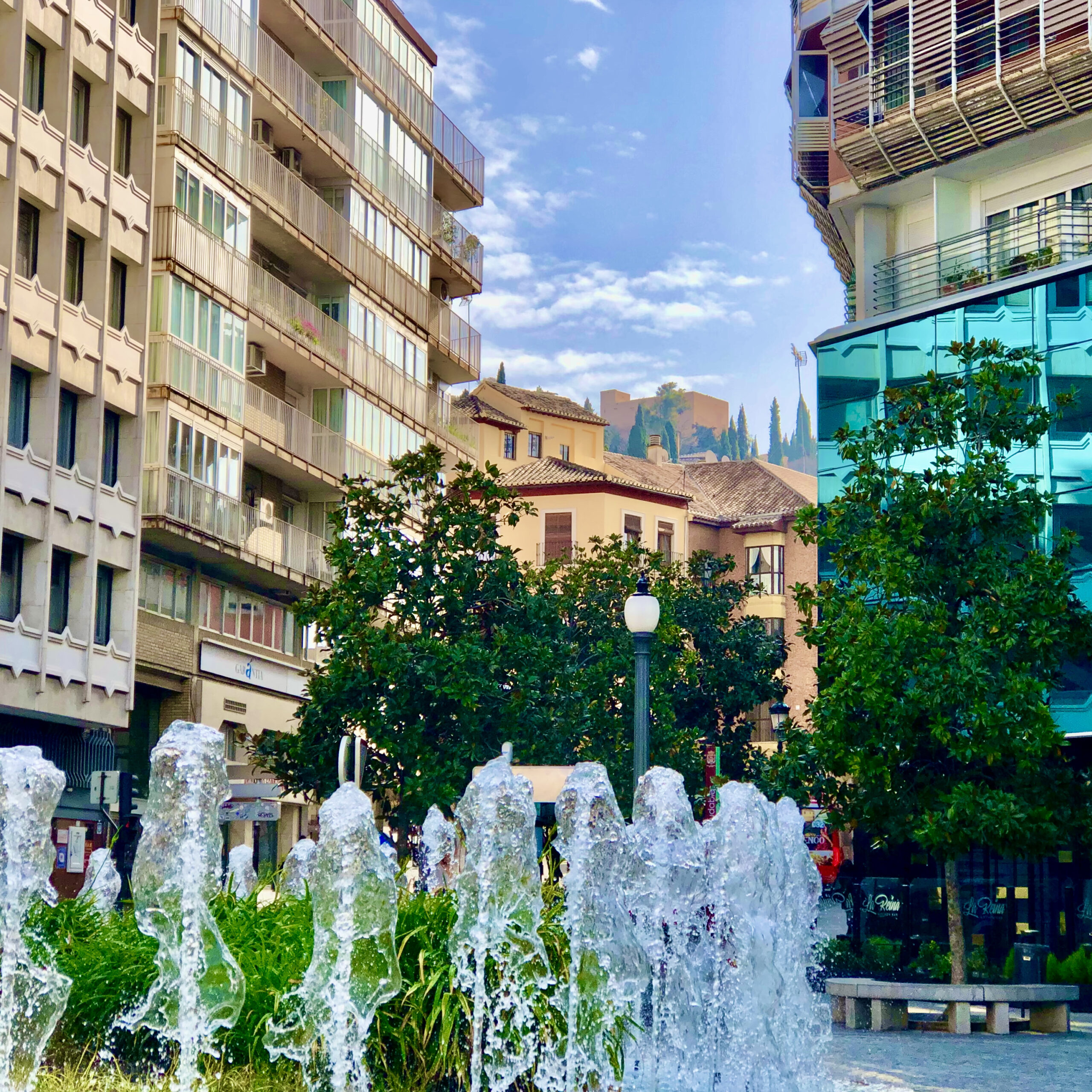

Comment (0)